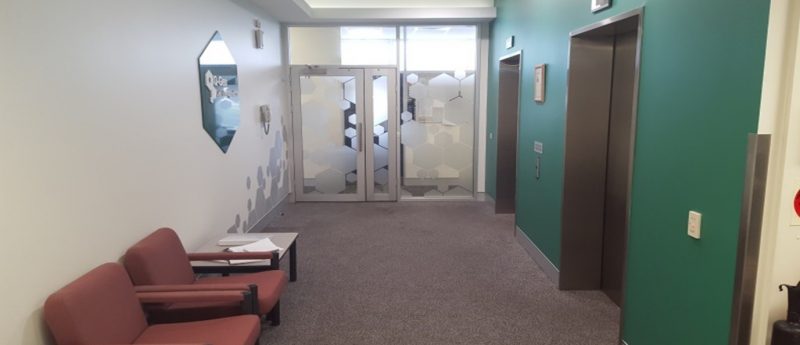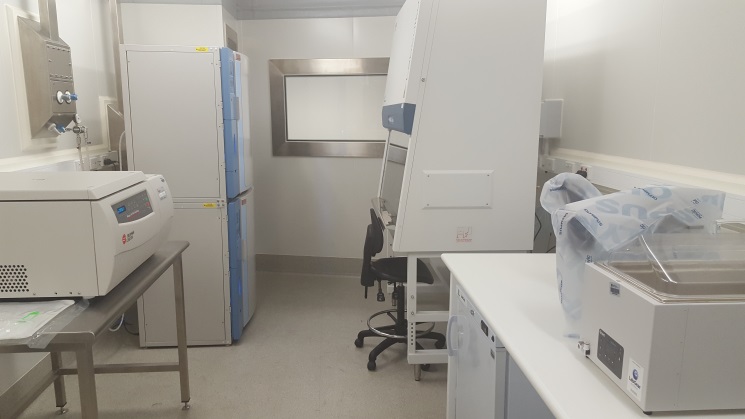Training competencies – the transition from research to a GMP environment

The differences, relevance, development and alternative approaches to competency based assessments between research and good manufacturing environments.
Rosemarie Bell, B.App.Sc Micro/Biochem MASM Dip PM1
1Quality Manager, QIMR Berghofer Medical Research Institute, 300 Herston Road, Brisbane, Queensland Australia

Q-Gen Cell Therapeutics is a Good Manufacturing Practice (GMP) Cleanroom Facility and forms part of the QIMR Berghofer Medical Research Institute (Brisbane, Australia). Q-Gen Cell Therapeutics is a Contract Manufacturer with management staff having a combined 70 years’ experience within a regulated manufacturing and testing environment.
Q-Gen Cell Therapeutics is licensed by the Australian Therapeutic Goods Administration (TGA) for the manufacture of T cells for clinical trials and is a TGA licensed testing laboratory for cell count and phenotype using flow cytometry, mycoplasma (MycoAlertTM), endotoxin, microbial contamination and gram stain.
Q-Gen Cell Therapeutics facility
Consisting of up to 13 ISO Class 7 Cleanrooms, 2 Laminar Flow Suites, a Microbiological Laboratory and a Quality Control Testing Laboratory, Q-Gen Cell Therapeutics manages multiple clinical trials that are globally renowned. As such, training inclusive of competency based assessments is an important part of Q-Gen Cell Therapeutics fully established quality management system.

Training requirements
Within Australia, all clinical trials beyond Phase I require licensing by the Australian Therapeutic Goods Administration. This involves a transition from a research to a GMP environment. By ensuring training requirements are fully met during this transition period, the establishment of base line staff competency benchmarks contributes to the provision of a consistent, high quality product and instills confidence in the end user that the final product is safe.
Differences between research and GMP environments
Training within a research environment adopts a less formal approach, with the expectation of knowledge obtained during the acquisition of tertiary qualifications. Documented competency based assessments, while recommended, are not required. A formally implemented quality management system is not mandatory; however, record keeping is.
Good manufacturing practice environments require a formal, structured approach to training. There is no expectation of knowledge unless demonstrated. Documented competency based assessments are required and are controlled within an established quality management system. Ongoing and refresher competency based training is required at stated regular intervals and currency for the skill must be maintained.
Relevance of competency based assessments
By providing a structured approach to training, the confidence in the end user is instilled. Data produced within a process is traceable and clearly documented. Ongoing professional development for staff is extremely important in the emerging field of new technological advances. Staff become accountable for their actions.
If competency based assessments are implemented during the initial research phase, the progression from research to GMP is easily undertaken with minimal effort. Less teething problems are identified, with an increased understanding by staff of the theory behind the practical aspect of the process and is already established prior to entering beyond phase I clinical trials.
Developing a competency based assessment
The key to a successful training program is the planning and development of competency based assessments that are critical to the robustness of the process. The adoption of a risk based approach will lead to the identification of key areas of training by evaluating the process from start to finish, enabling the key training requirements to be determined. Development of a training matrix based on staff positions and duties will streamline the process, and allow allocation of competency based assessments based on necessity and requirement dependent upon skill level.
The establishment of competency bench marks provide a consistent assessment approach to the training, ensuring equal treatment and opportunity of staff during the transition phase from research to GMP.
Alternative ways to deliver competency based assessments
It is important to consider the different learning styles of individuals. By delivering competency based assessments through a variety of mediums will capture the knowledge of staff. Suggestions of competency based assessment deliverance are:
- Multiple Choice
- Practical doing
- Word finders
- Crosswords
- Short answer questions
- Videos
- Formal Courses
- Case Studies
Case studies are the most beneficial of competency based assessments, as the practical approach can be combined with a variety of mediums including, but not limited to; short video, round table discussion and short answer questions pertaining to the case study. If the case study is designed to reflect a direct task and process within the facility, the trainee will be able to relate this to their daily activities. The understanding of the theory behind the practice is acquired consecutively.
Benefits of competency based assessment for the transition from research to GMP
Increased confidence in staff ability for managers and end users alike, with continually evolving individual professional development, results in a full understanding of the process. This enables staff to provide valuable input to positively improve research and ultimately a robust, safe product that is globally beneficial.
Acknowledgements
Q-Gen Cell Therapeutics Management Team
- Darron Laing — Facility Manager
- Dr Brett Butcher — Production Manager
- Tracey Watson — Quality Assurance Manager
Tumour Immunology Group
- Professor Rajiv Khanna — Principal Investigator
References
- ISO 14644 — Cleanrooms and Associated Controlled Environments
- Australian Code of Good Manufacturing Practice for Human Blood and Blood Components, Human Tissues and Human Cellular Therapy Products